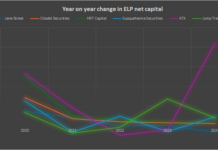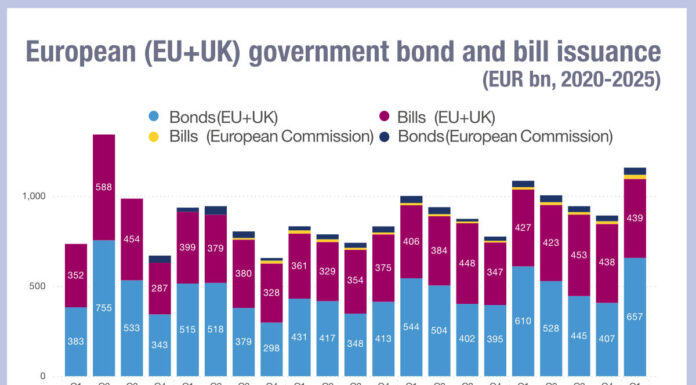Redlap Consulting’s latest research paper, written by Rebecca Healey and Charlotte Decuyper, asserts that the pandemic has “rewritten the rulebook on trading”, and argues that the normal equity and bond markets trading are at the point of a radical shake up, driven by electronic liquidity providers (ELPs). Firstly it observes that “sourcing liquidity and managing short term risk have become increasingly important factors in the successful execution of order flow for the buy-side.” This has driven investment traders to seek out alternatives to banks, who have reduced their participation in the secondary markets.
The report’s research found that 87% of respondents – consisting of buy-side traders – were “looking to maximise future liquidity access by increasing their engagement with electronic liquidity providers (ELPs) across all asset classes.”

Interestingly 37% of respondents were planning to do so through direct engagement, despite the increasing share of trades that ELPs execute relative to banks and brokers, via all-to-all bond trading platforms. Redlap’s research found that the market share of ELPs on all-to-all platforms had grown by 25% since the start of the COVID pandemic, with the number of successful ELP trades increasing by 71%, while the number of successful bank RFQ trades on all-to-all platforms declined by 21%.
The report also found that 47% of respondents believed that ELPs increase transparency/optionality in credit markets, giving good support to their value as part of the market structure, in addition to the support they give for a specific trade.
In the fixed income markets these firms have long been seen as valuable, first in the US treasuries space where their ability to read markets more quickly than banks, and make prices with tighter margins (based on offloading risk more efficiently) made them valued counterparties. However, while that market was based on very frequent and transparent interdealer markets, in credit a different approach developed.

By trading bonds which are within the index used by an exchange traded fund (ETF), which could be traded on exchanges in a very liquid and transparent manner, ELPs were able to price the underlying bonds, based upon the costs of creating or redeeming fixed income ETFs, for which a price point could easily be found. For an investment manager to price the bond, they had to call around one or more dealers, giving away information about their position, and even then not being guaranteed that a price would be held for long.
As Redlap notes, “The ability of electronic liquidity providers (ELPs) to warehouse risk across a wider and more diverse pool of assets is increasing the inventory buy-side participants are able to engage with. This in turn is moving buy-side dealing desks away from being the passive recipients of sell-side liquidity. Instead, they are increasingly becoming active participants themselves in sourcing and building latent liquidity.”
This is creating opportunities to see firmer prices and without giving away the information that traditional trading with sell-side firms would leak.
“Initiatives such as automated indications-of-interest or targeted invitations enable the buy-side to uncover latent liquidity,” note the authors. “By providing trading intentions in an electronic footprint, liquidity can be sourced even in harder to trade fixed income instruments without incurring information leakage.”
Of course, the report does not suggest that this is the death knell for banks, rather that the withdrawal from market making activity by banks is naturally being filled; markets abhor a vacuum. For example, while ELPs are very active in ETFs, the report found that 73% of respondents “still choose to trade over-the-counter (OTC) derivatives with banks due to the breadth of services they provide as well as operational constraints.
©Markets Media Europe 2025


























